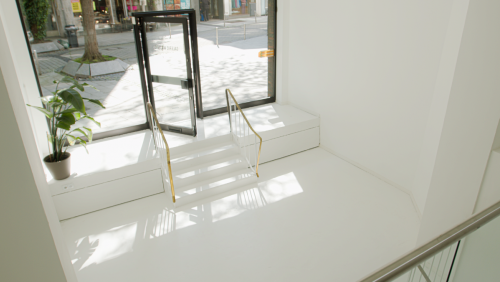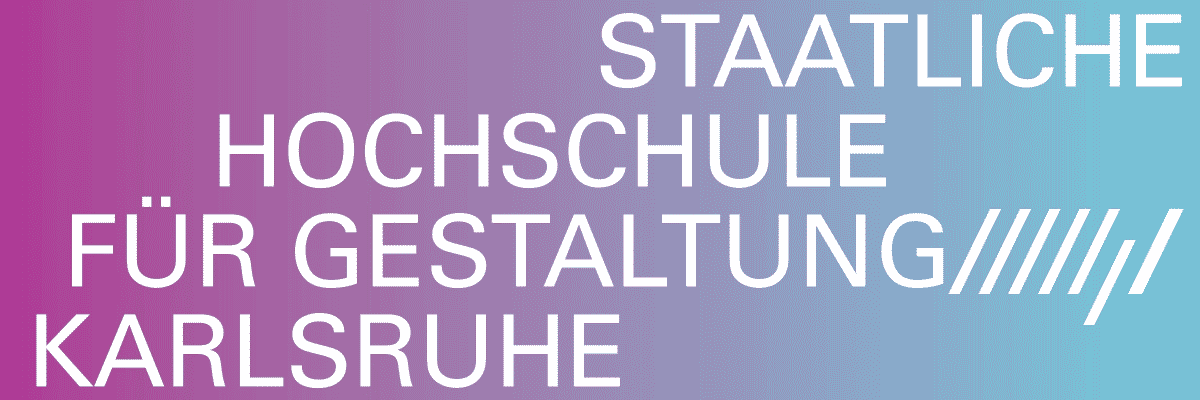
Nadia Markiewicz
DRIVE-THRU
Project Info
- 💙 Galeria Miejska Arsenal
- 💚 Ewelina Muraszkiewicz
- 🖤 Nadia Markiewicz
- 💜 Ewelina Muraszkiewicz
- 💛 Michał Adamski
Share on
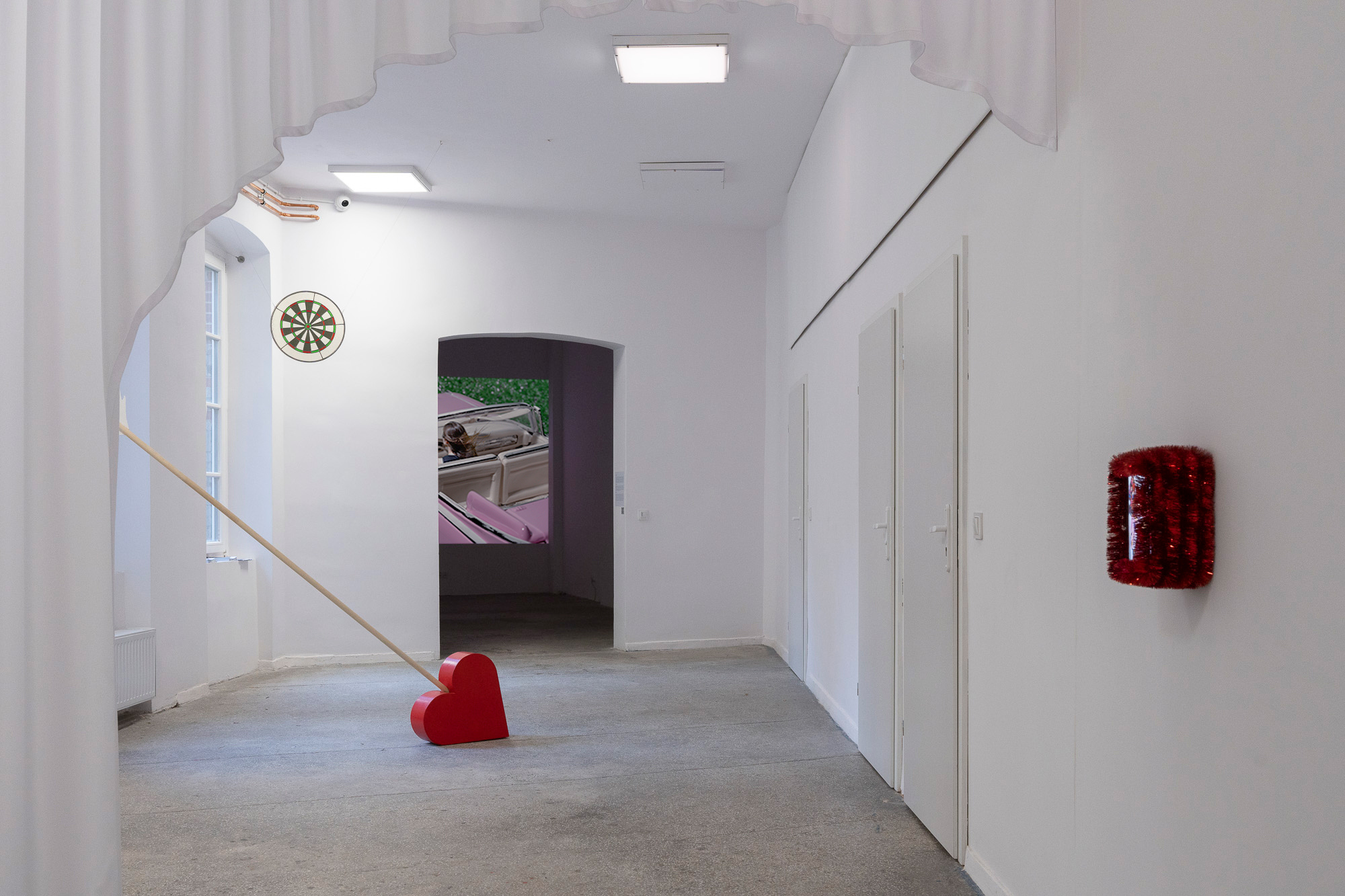
Nadia Markiewicz, DRIVE-THRU (2022) - Installation view
Advertisement
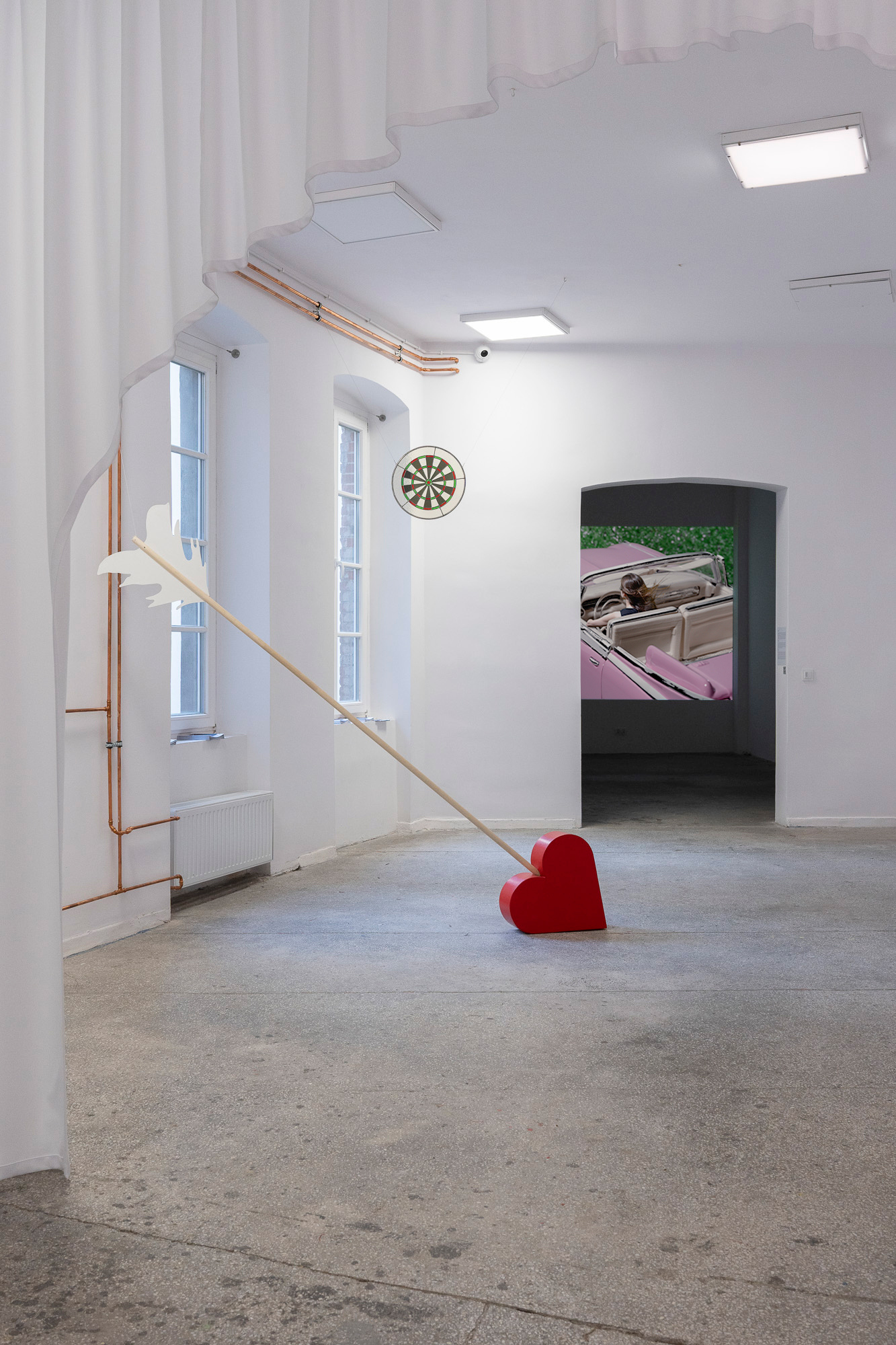
Nadia Markiewicz, DRIVE-THRU (2022) - Installation view
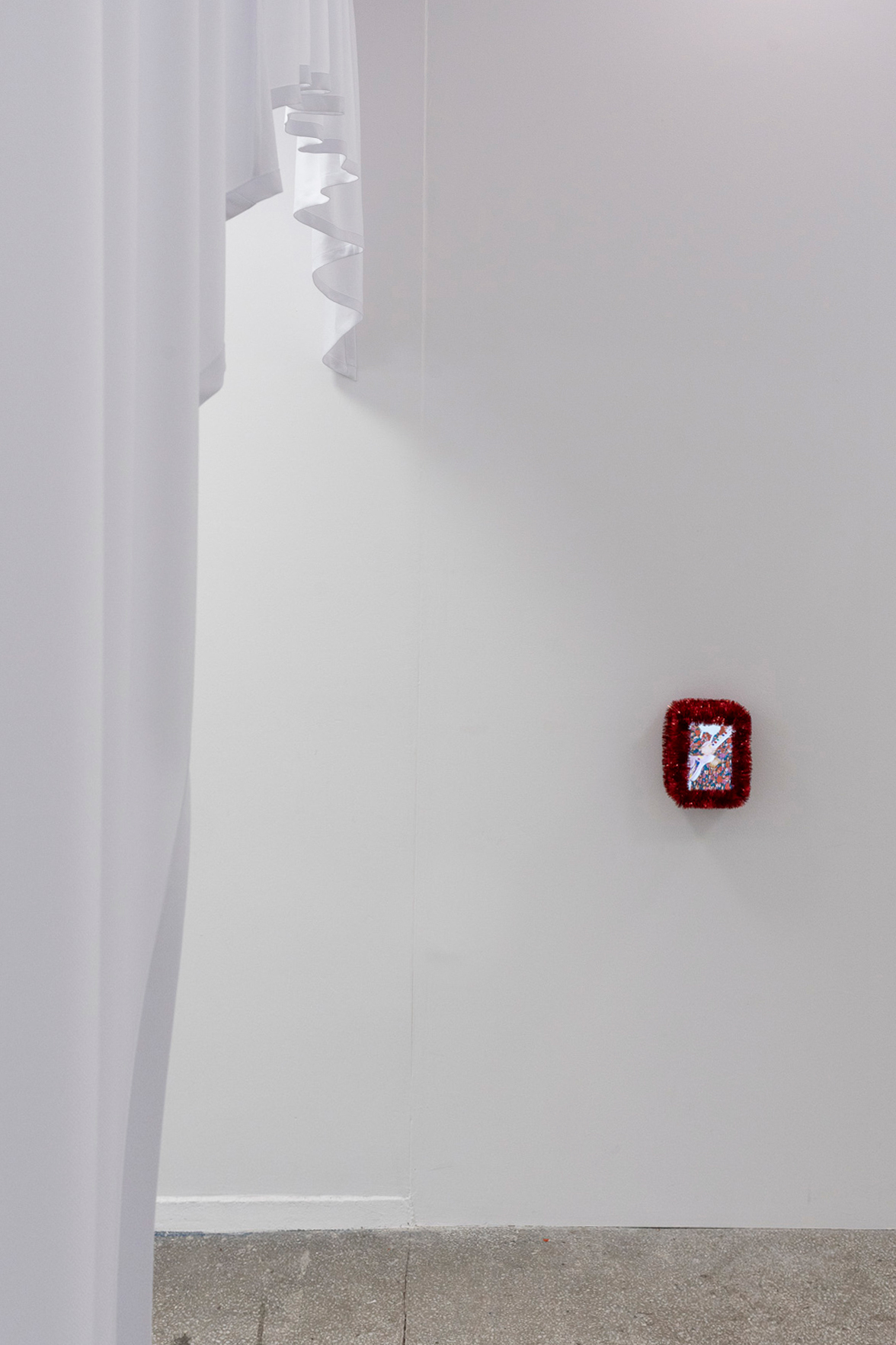
Nadia Markiewicz, DRIVE-THRU (2022) - Installation view
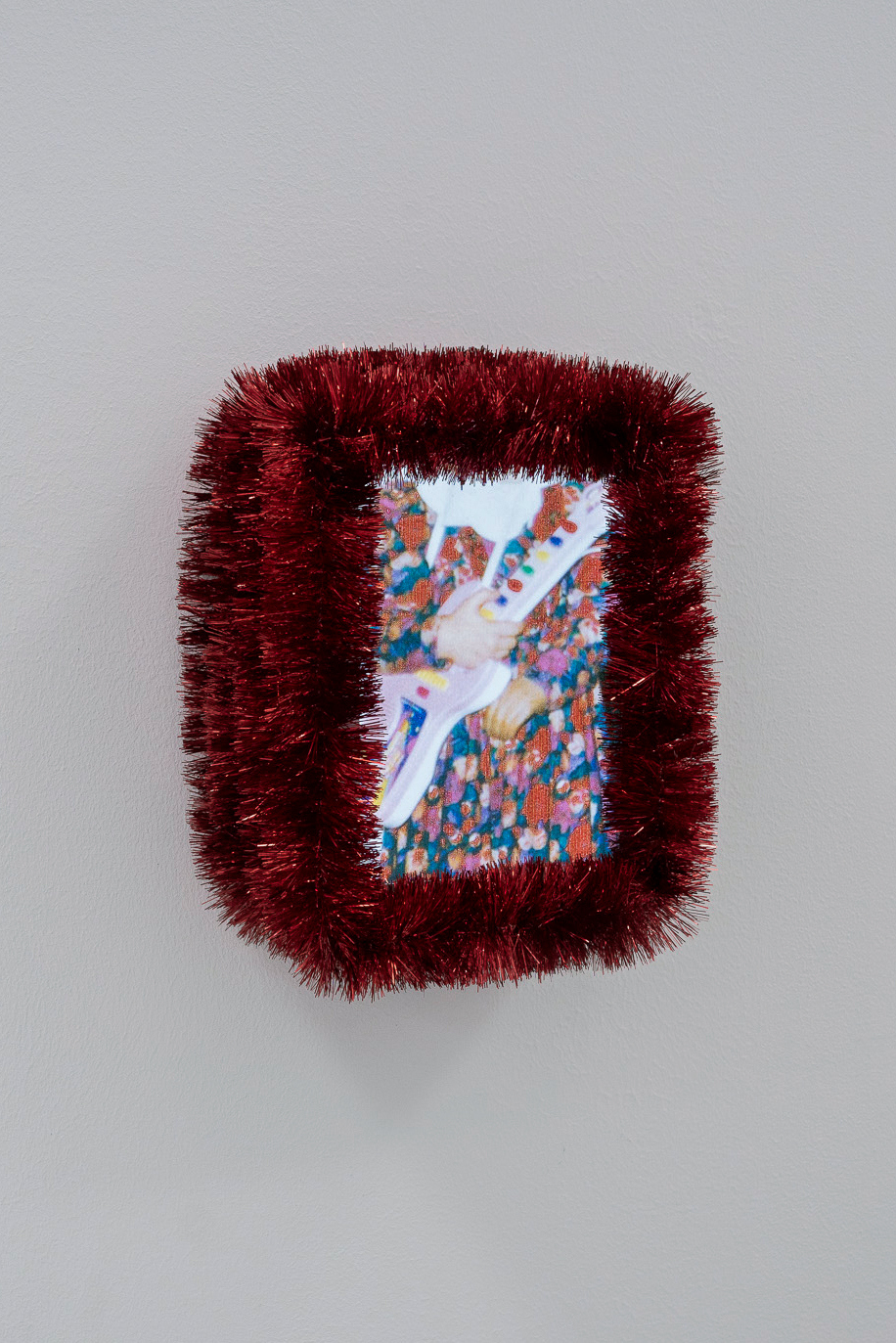
Nadia Markiewicz, DRIVE-THRU (2022) - The Guitarist
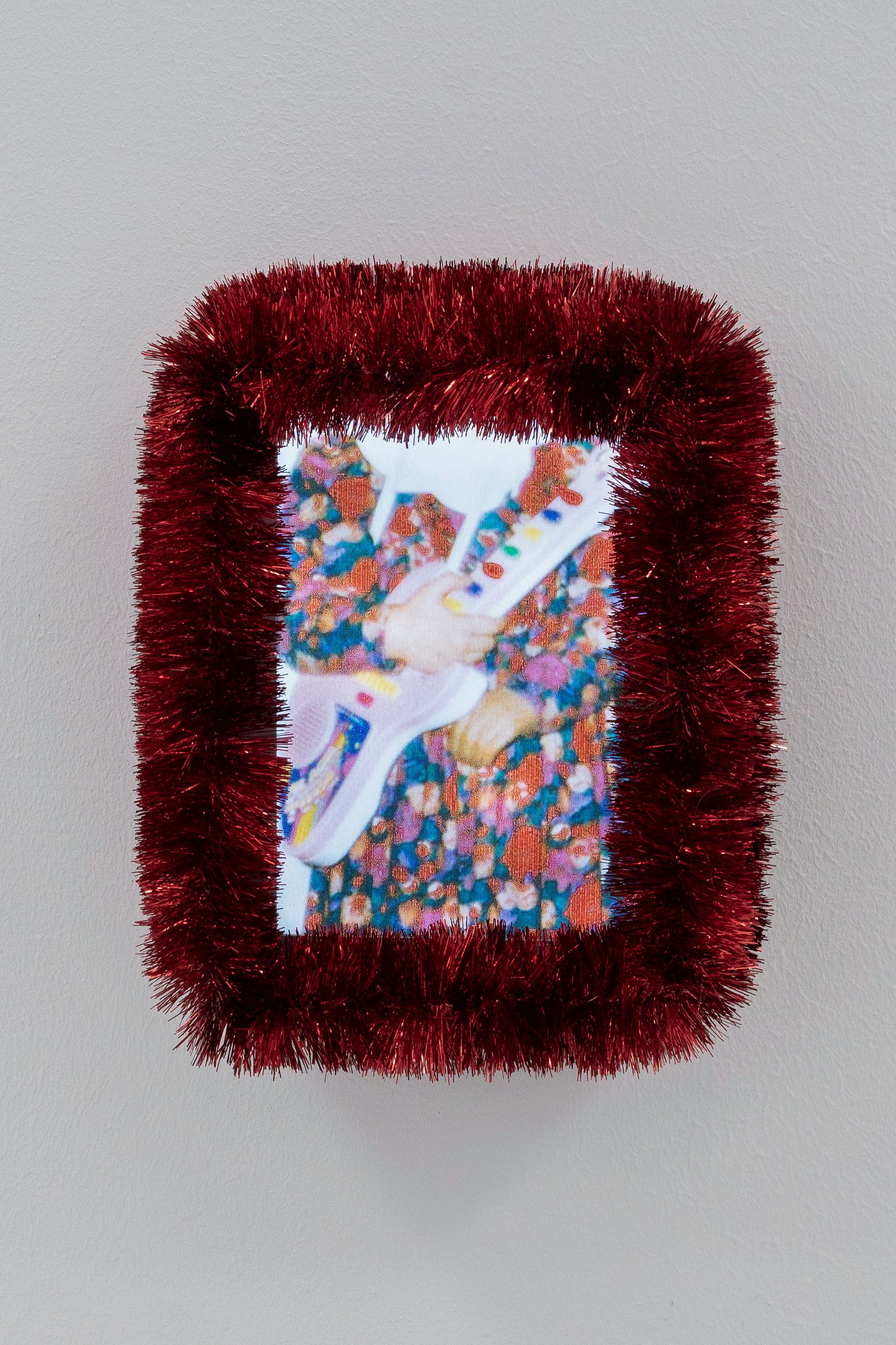
Nadia Markiewicz, DRIVE-THRU (2022) - The Guitarist
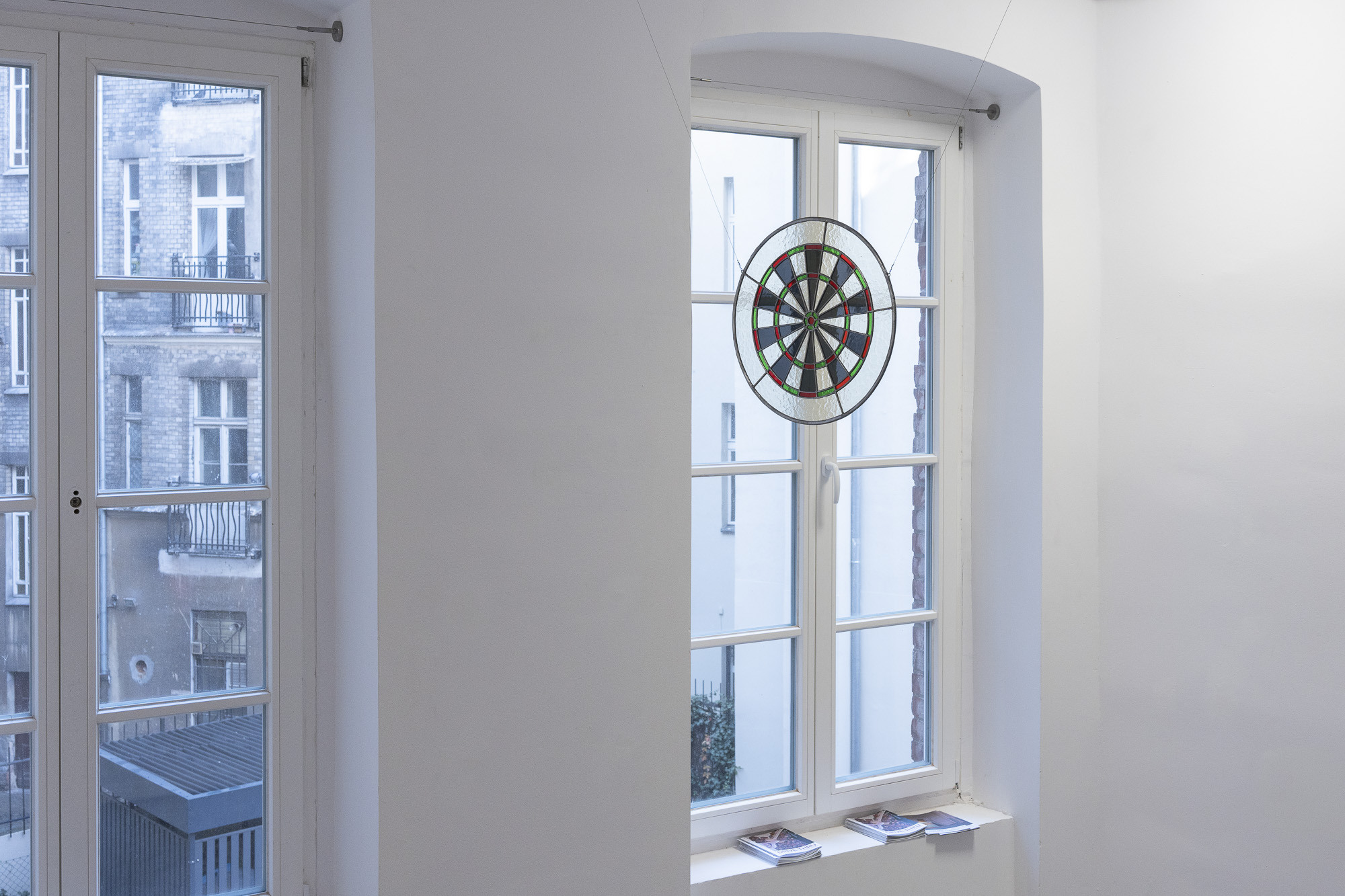
Nadia Markiewicz, DRIVE-THRU (2022) - The Target
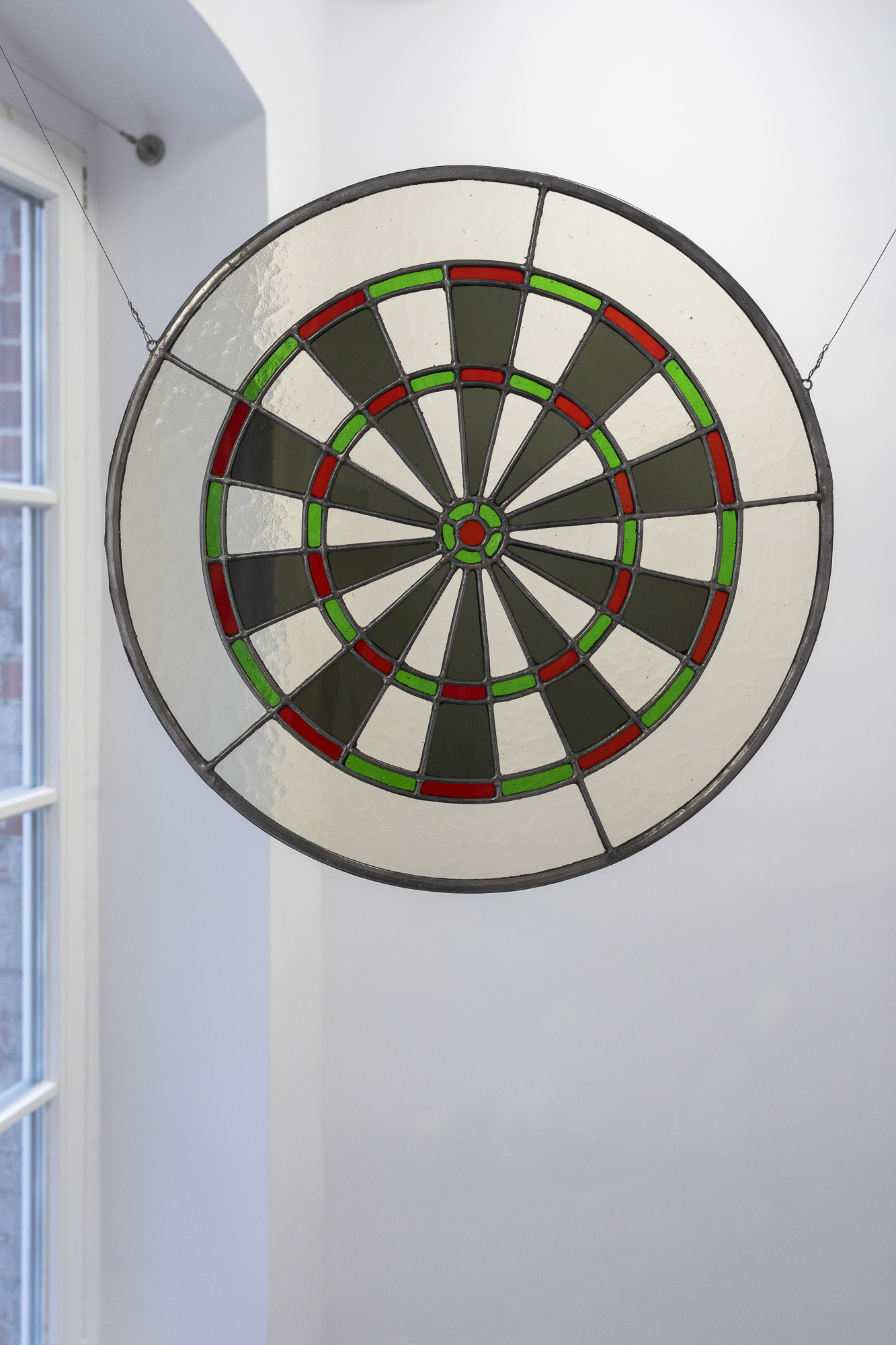
Nadia Markiewicz, DRIVE-THRU (2022) - The Target
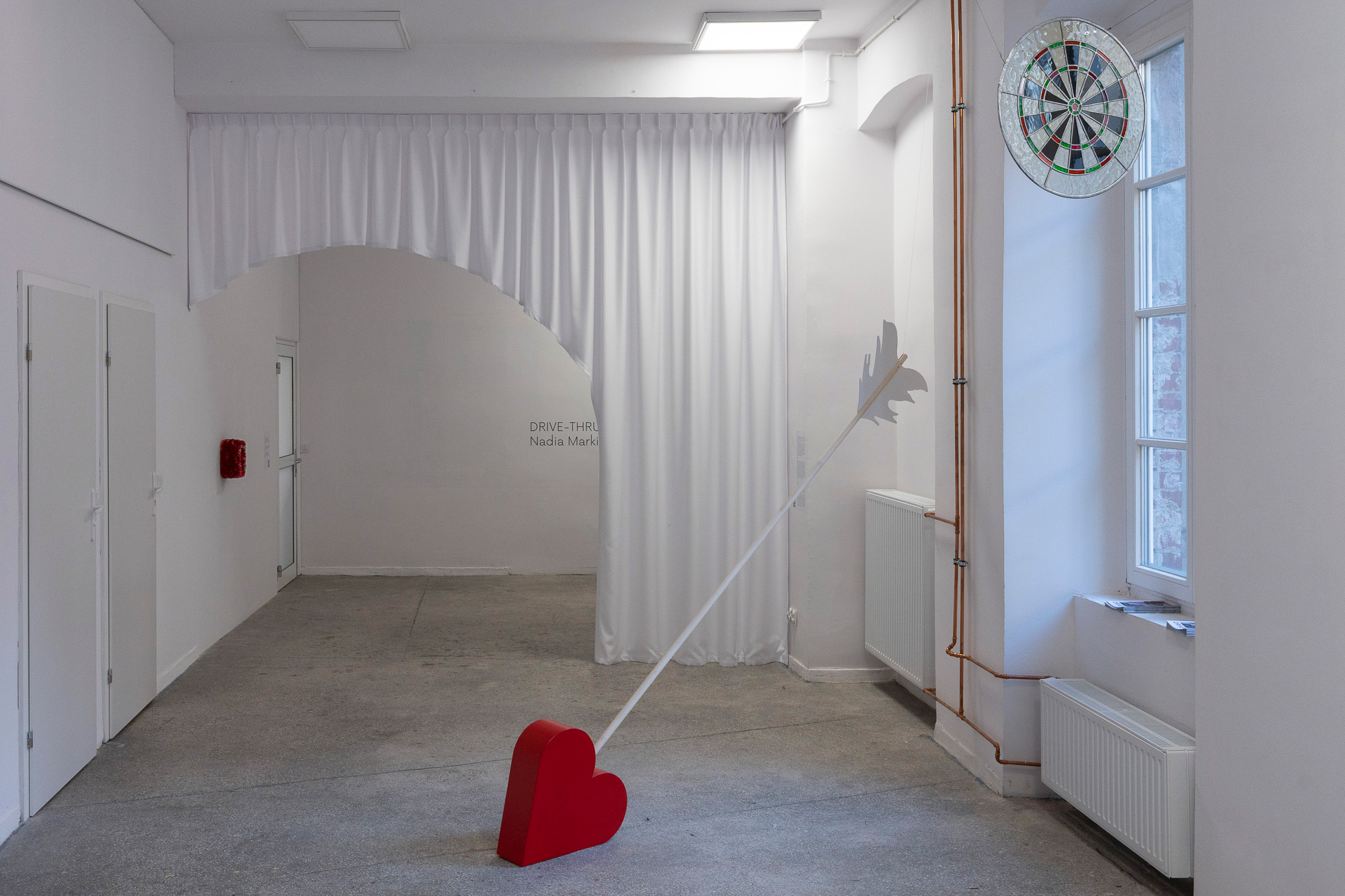
Nadia Markiewicz, DRIVE-THRU (2022) - Installation view
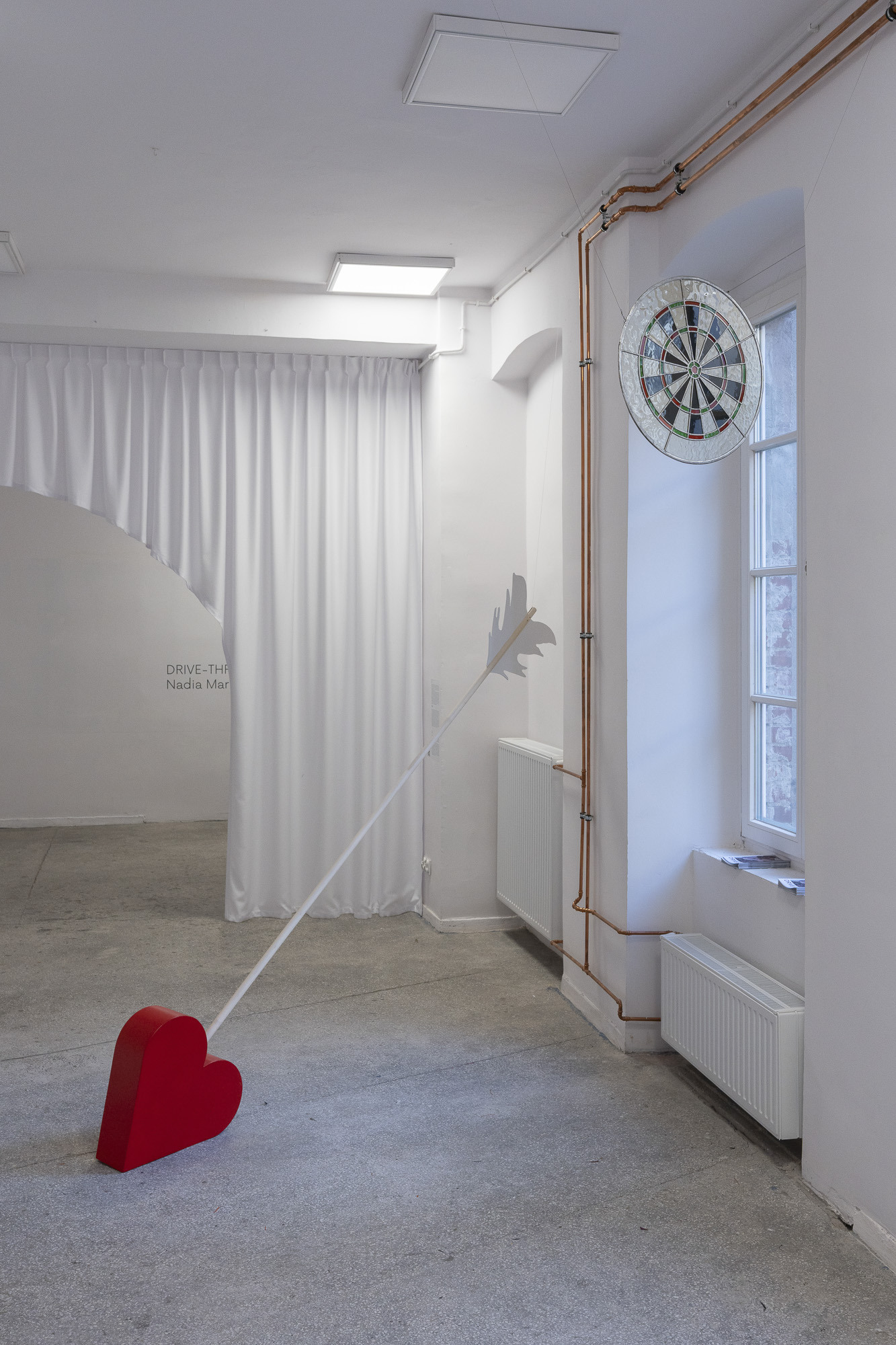
Nadia Markiewicz, DRIVE-THRU (2022) - Installation view
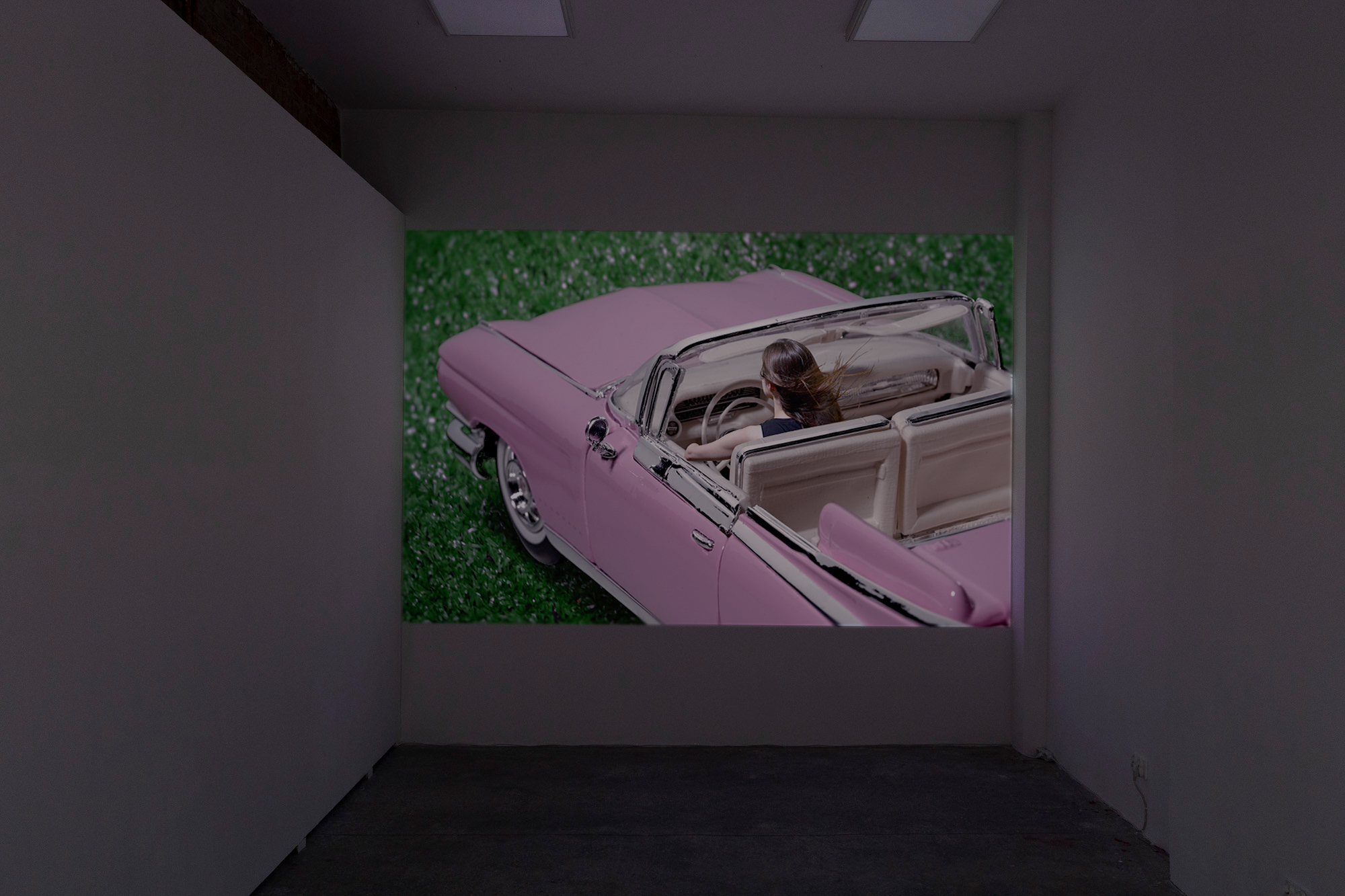
Nadia Markiewicz, DRIVE-THRU (2022) - The Runaway
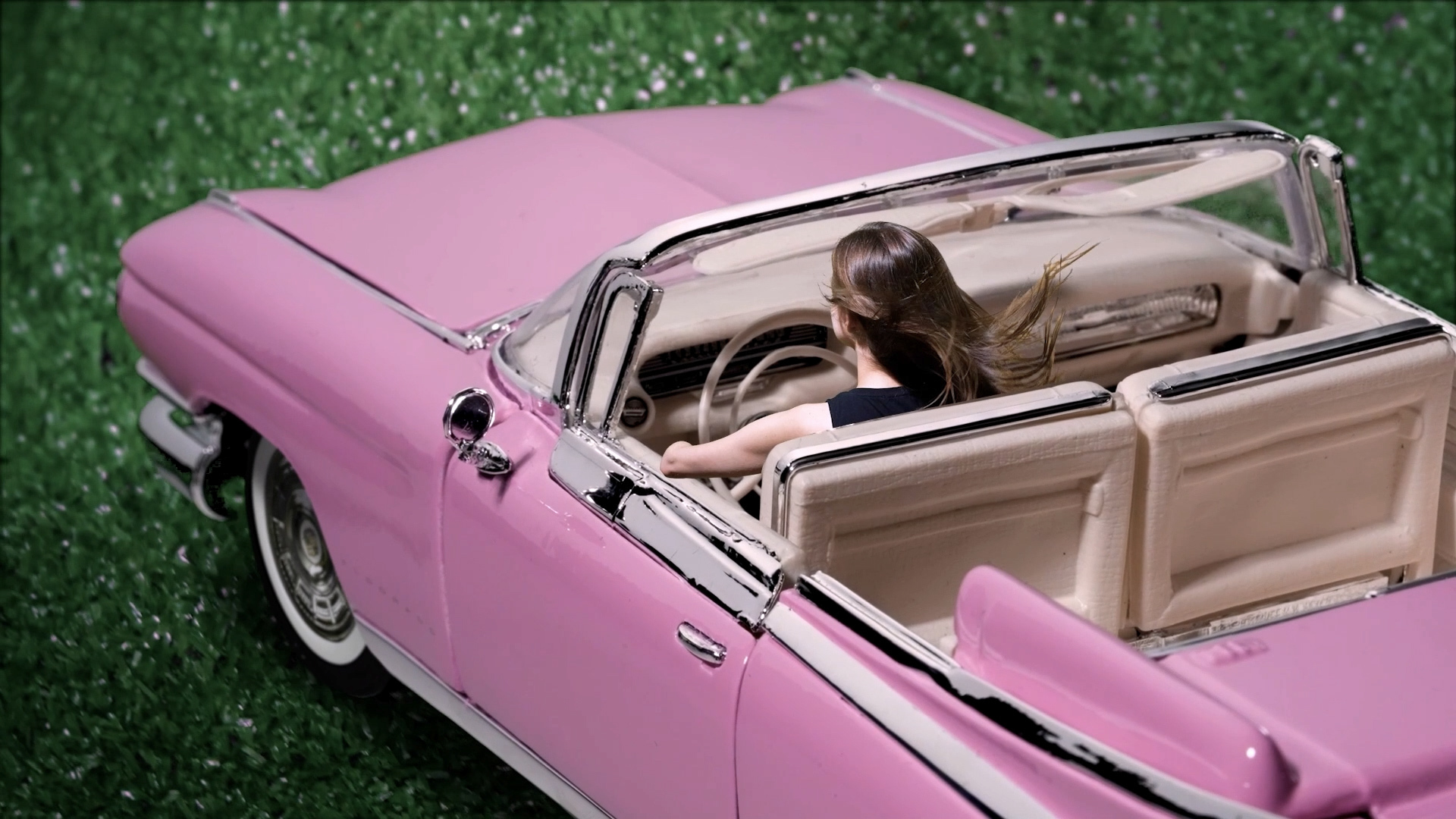
Nadia Markiewicz, DRIVE-THRU (2022) - The Runaway video still
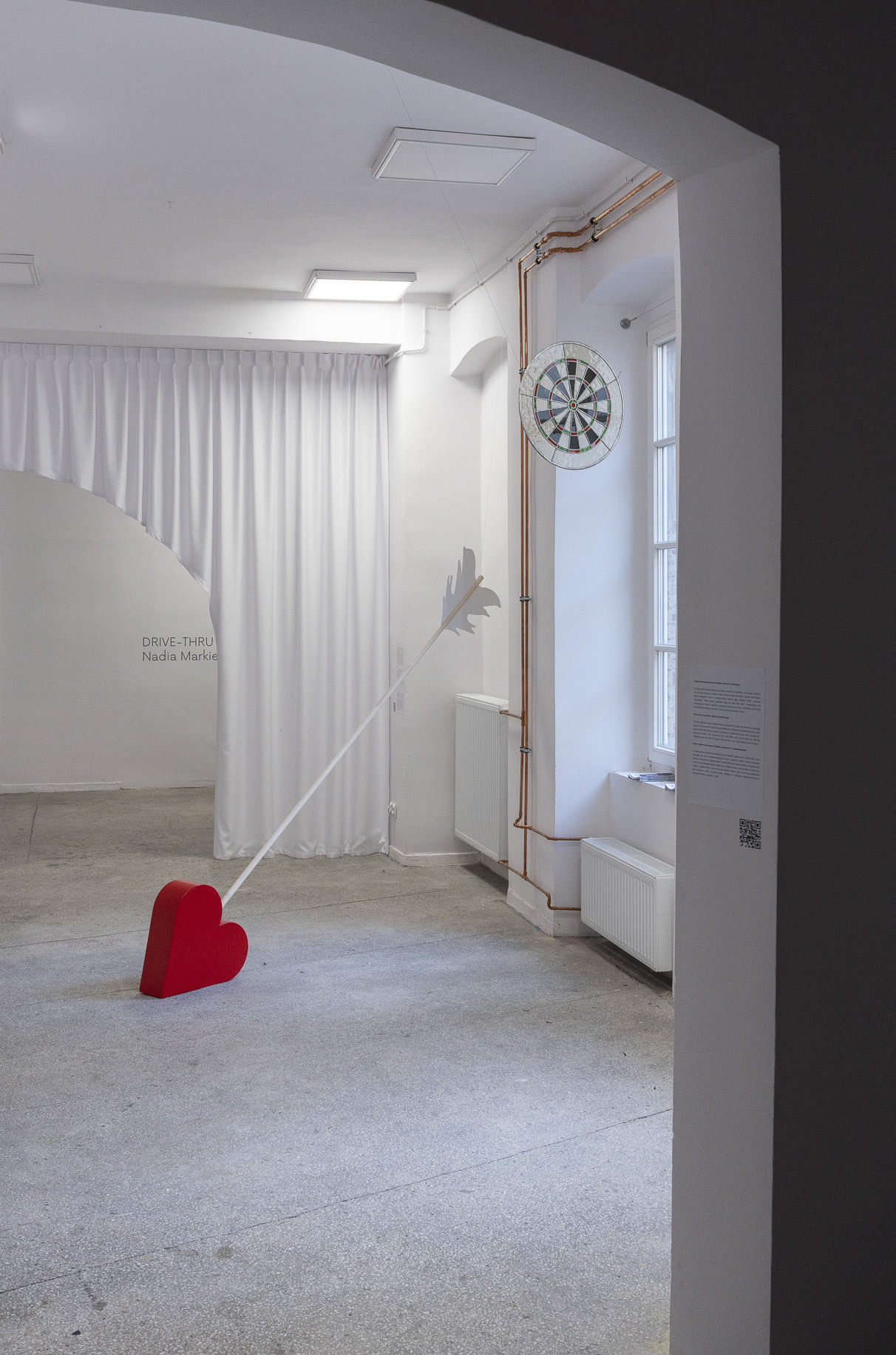
Nadia Markiewicz, DRIVE-THRU (2022) - Installation view
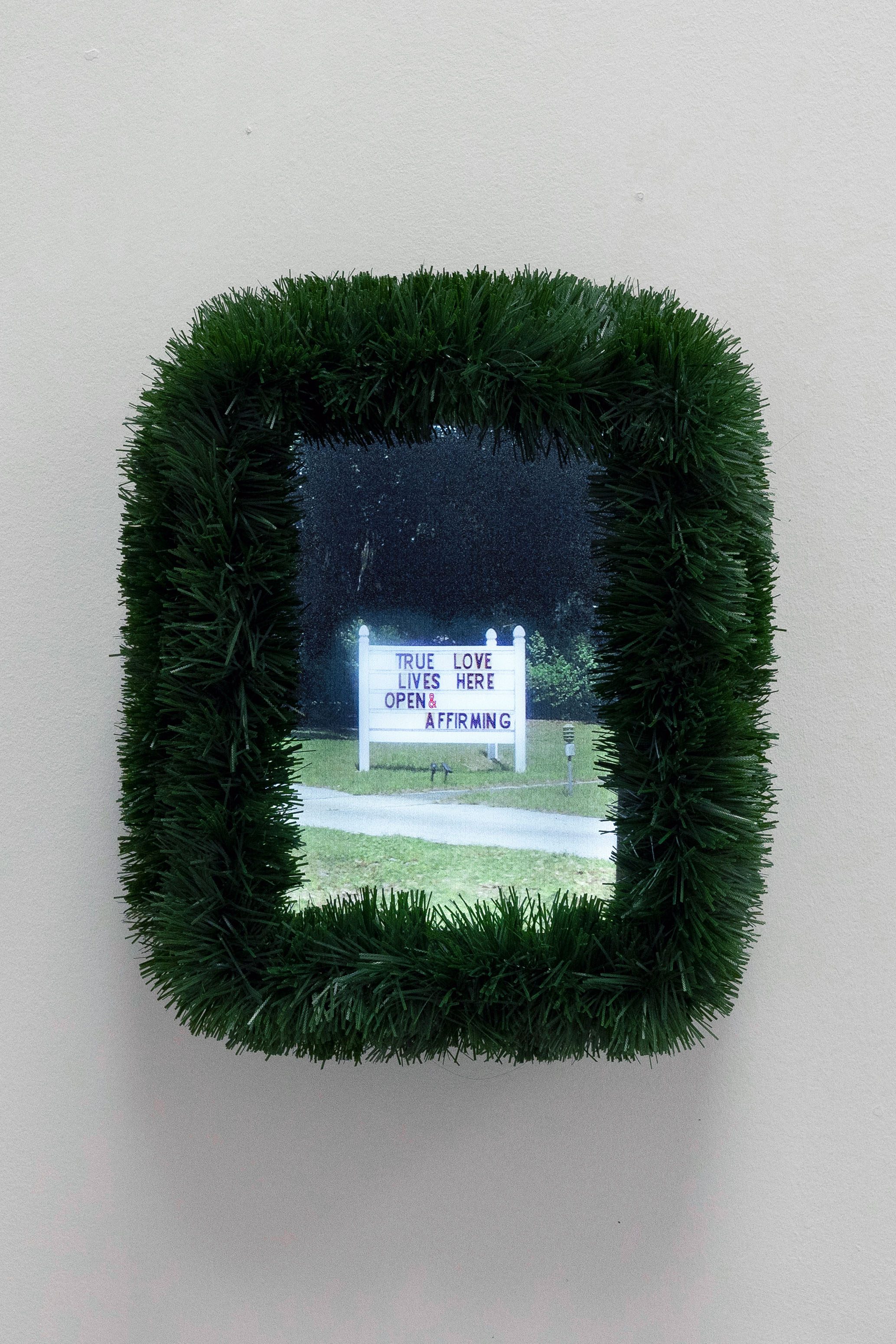
Nadia Markiewicz, DRIVE-THRU (2022) - True Love Lives Here, Open and Affirming

Nadia Markiewicz, DRIVE-THRU (2022) - The Target
The contemporary world still hasn’t been able to fulfill the American dream. One example would be the prejudice and outrage that a presenter of BBC’s CBeebies, who was born without an arm – suffered online. Aggrieved parents objected to her presence on the show, fearing that seeing an “incomplete body” would give their children nightmares.
In the past, disabled bodies were visible within strictly defined frameworks, always carefully supervised and stigmatized. The public could satisfy their curiosity by paying a visit to one of the so-called freak shows that were particularly popular in the US between the 19th and mid-20th century. There, upon paying a steep entry charge, visitors could watch people with various disabilities perform. The “unsightly beggar ordinances” – dubbed “the ugly laws” targeted the poor and the disabled, and aimed at eliminating those considered “diseased, maimed, mutilated or deformed” from public space, i.e., American streets. Targeted individuals were sent away from towns and/or fined. The general approval for this type of legislation began to change after WWI, along with the returning war veterans, but the last “ugly laws” were only abolished and pronounced dehumanizing in the 1970s.
Nadia Markiewicz approaches the subject of disability from an autobiographical perspective – she, too, was born without a hand. However, she doesn’t focus on her own corporeality: „I focus on the culture that surrounds the body and attempts to define it. I also started this research project because I wanted to understand where the shame that I felt towards my body for most of my life was coming from. My research helped me trace the genealogy of my circumstances and provided ample material for artistic work.”
In the exhibition entitled Drive-thru, many of these threads are intertwined and juxtaposed. Nadia Markiewicz focuses on the potential inherent in non-normative bodies, as well as their emancipatory and transformative capabilities. The main theme of the show is the real-life story of a couple with disabilities who decided to get married in the Little White Chapel in Las Vegas. They experienced considerable difficulties while getting out of their car before the ceremony. The owner of the chapel noticed this and was inspired to create a chapel where people could get married without stepping out of the car. This brief, ordinary event links the themes that interest Markiewicz: the changes occurring in the world, the emergence of pop-cultural spaces, an autobiographical element – the wedding of her own parents, the spirit of being on the road, the theme of celebrity.
Drive-thru the little white chapel, where the body meets the materiality of the surrounding world. Markiewicz builds upon the concept of the misfit used by Rosemarie Garland-Thomson and introduces the figure of a rebel to her narrative. “Not fitting in” turns into a force triggering transformation.
The exhibition flips the current discourse on disability upside down. Markiewicz shines a light on a situation in which the majority of society benefits from a solution created for people with disabilities, emphasizing the liberating power coming from rejecting normative solutions. It thus celebrates the hidden potentials of disability.
translation: Joanna Figiel
Ewelina Muraszkiewicz




